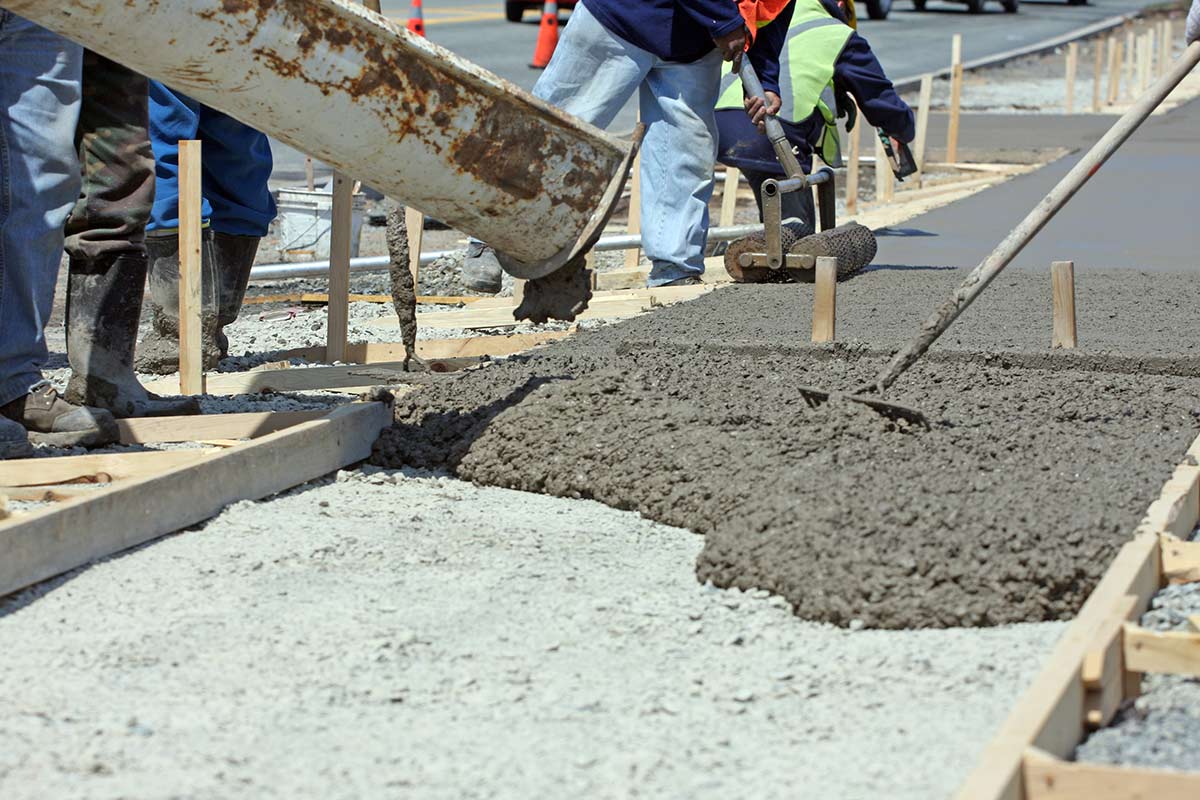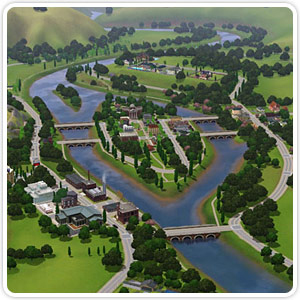

In the world of building and outdoor design, people frequently mix up the words pavement and concrete, causing uncertainty for those doing home improvement or DIY projects. Despite this, pavement and concrete have specific uses and qualities. This detailed guide will explore the disparities between pavement and concrete construction, giving you the knowledge to make well-informed choices for your endeavors.
Pavement is a crucial component of our modern infrastructure, providing a sturdy and safe surface for roads, walkways, and parking lots. At its core, pavement consists of layers of materials designed to support the weight of vehicles and withstand environmental stresses. While traditional paving involves using materials like asphalt and concrete, newer technologies are now incorporating sustainable alternatives like permeable pavers that help manage stormwater runoff.
Concrete, on the other hand, is a fundamental building material that forms the foundation for many pavements. Its versatility allows for different finishes and textures to be achieved, offering aesthetic appeal alongside durability. From decorative stamped concrete to high-strength fiber-reinforced options, concrete plays a significant role in shaping our urban landscapes while ensuring longevity and performance in various pavement applications. Understanding the basics of pavement construction provides insight into the intricate balance between function and aesthetics within our built environment.
By comprehending the dual roles of paving and concrete in creating durable surfaces that enable movement through our cities and communities, we can appreciate how these essential elements contribute to both practicality and visual appeal in our everyday surroundings.
In contrast, concrete is a specialized building material created through the combination of cement, water, and aggregates such as sand and gravel. Its exceptional strength and resilience have established it as a popular option for various uses, including foundations, driveways, sidewalks, and more. Unlike pavement, concrete provides a solid and robust surface capable of enduring heavy weights and severe weather.
Pavement and concrete differ significantly in terms of their durability and lifespan. Concrete, renowned for its remarkable strength, generally outlasts most pavement materials. Asphalt pavements often need more frequent maintenance due to wear and tear, whereas concrete structures can last for decades with minimal upkeep, offering a cost-effective option in the long term.
In terms of aesthetics, pavement and concrete both provide a wide array of choices. For instance, asphalt, a common pavement material, can be installed in diverse patterns to create a traditional and enduring appearance. Conversely, concrete is just as adaptable and offers the extra benefit of customizable finishes. Stamped concrete, exposed aggregate, and stained concrete are just a few instances of the varied aesthetic options available when incorporating concrete into your construction endeavors.
The installation of pavement and concrete varies greatly, particularly in the speed and method of installation. Pavement, particularly asphalt, is recognized for its rapid and uncomplicated installation process. Conversely, concrete necessitates careful planning and precise execution. The curing process of concrete, during which the mixture solidifies and becomes stronger, requires both patience and professional skill. Although concrete installation may be more time-consuming, it ultimately yields a sturdy and long-lasting structure.
The impact of climate on the choice between pavement and concrete is significant. Extreme temperatures can affect pavement materials, particularly asphalt, causing softening and deformation in hot climates. Conversely, concrete is more resilient to temperature changes, making it a dependable option in areas with varied weather patterns.
When deciding between pavement and concrete, it's important to take into account the maintenance needs. Pavement, especially asphalt, may need frequent sealcoating and patching to fix cracks and potholes. On the other hand, concrete typically requires less maintenance but may develop surface cracks as it ages. Fortunately, these cracks are often just superficial and don't affect the concrete's strength.




















